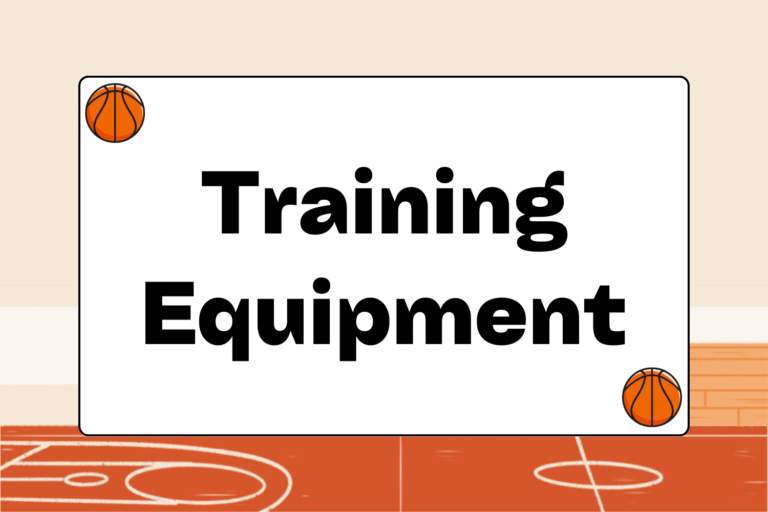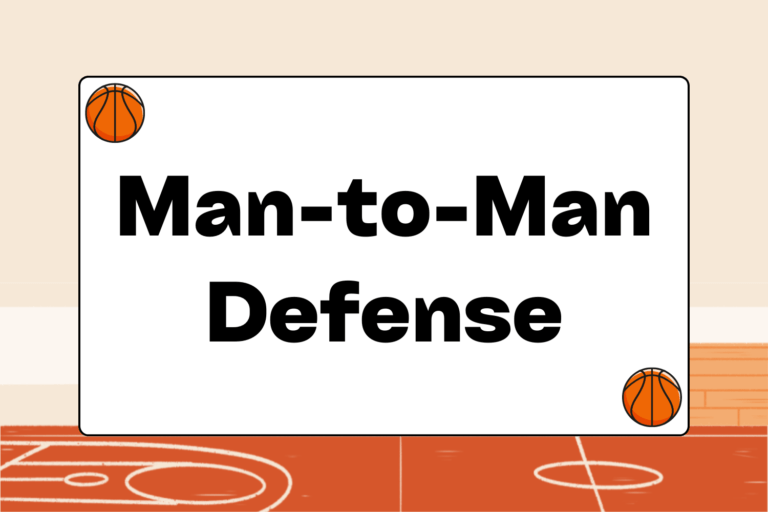At the youth basketball level, the motion offense is the easiest offense to learn and apply. It keeps every player active as they set screens, constantly move, and work to create open shots for teammates. In addition, it’s effective against any defense strategy — man-to-man or any type of zone. For these reasons, it has become a staple of organized basketball at every level.
The motion offense creates chances. Players move in the motion offense through a basic set of rules. Instead of running set plays, the motion offense allows players to rotate, find open areas of the floor, keep proper spacing, and look for the open man. The coach can also implement many different variations of the motion offense based on his team’s offensive strengths and personnel.
Single-post vs. Double-post Offense
The double post is the most common offensive set in the motion offense. This approach involves two post players who establish position on the low blocks, and three perimeter players. The point guard begins with the ball at the top of the key, while the two remaining players begin at the high wing positions.
In the single-post offense, there are four perimeter players, with two set up near the top of the key and two wing players sliding toward the corners. The single post player slides across the lane to remain on the ball-side of the court, awaiting the entry pass.
Coaches choose between the two sets based on a variety of factors:
- The strengths of the team: A team with two effective post players lends itself to the double-post offense. On the other hand, a team that shoots the ball well can benefit from an extra perimeter player setting screens for open shots.
- The need for balance: A double-post offense provides more balance between the post and perimeter. It’s also easier to have proper spacing in this set.
- The need for offensive rebounding: Keeping a second player down low usually ensures that a player’s near the basket and ready to rebound.
- The strengths of the opposing defense: Taking what the defense gives you is never a bad strategy. If a defensive team is exceptionally tall or quick along the perimeter, taking advantage of their weakness might be the best idea.
Constant Movement
In the motion offense, players need to constantly move and move with a purpose. Post players can choose between moving up and down along the low block and elbow to establish position, or across the lane to set a screen for a teammate.
Perimeter players have more range of motion. They can make front or back cuts to the basket, set a screen for a teammate, or spread to the corner to create more space and spot up. The general rule is to move to an unoccupied area of the floor to keep the defense spread out. It’s okay to make a cut toward the basket, but always return quickly to the outside if the pass isn’t there.
Proper spacing is the hallmark of the motion offense. When teammates are near each other on the floor, it’s easier for the defense to create a turnover or guard two players with one man. All offensive players have a responsibility to maintain proper spacing.
The First Two Passes
Passing the ball twice initiates the motion offense. In the typical double-post set, the point guard begins by passing to one of the two players along the wing. This signals the post player on the ball side and the point guard at the top of the key to slide down to the other post and perimeter player, respectively, and screen his defender. The wing player flashes to the top of the key, and the off-side post player flashes to the ball-side.
The second pass is the entry pass into the paint to the flashing post player. If a good screen has been set, the flashing post player will almost always be open. The post player then has the option of shooting or passing to an open man. Players without the ball continue to move to set screens, cut to the basket, or find open space on the floor.
After passing the ball, a player must immediately move. When moving, he can do one of the following:
- Make a strong cut to the basket for a give-and-go play.
- Cut to the receiver of the pass to set a screen for the ball-handler.
- Screen to the off-ball side to free a teammate.
- Slide out of the defensive player’s vision to the corner to receive a return pass (after a pass into the post).
- Make a simple V-cut and return to his original spot
Dribbling in the Motion Offense
At its core, the motion offense is about creating space, crisp passing, and looking for the open shot. Dribbling in the motion offense has to be purposeful and limited. For example, a player can dribble when attacking the basket or penetrating a zone defense. The dribble can also be used to change positions with another player or create a lane for an entry pass.
Advantages of Motion
“Offense is spacing, and spacing is offense.”
Chuck Daly
Retired Hall of Fame NBA Coach
The motion offense is the basic offensive system for many youth basketball coaches and teams. It keeps all five players active and emphasizes patience and effort. When a team gets comfortable with the general movement and basic rules, they develop a sixth sense for where a teammate is going to be on the floor.
For this reason, the motion offense can take some time and practice to figure out. But once a team understands the basic concepts, it can frustrate even the most athletic defensive teams.





